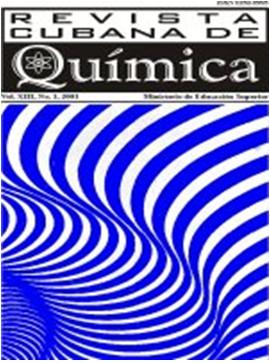Augmented Reality Models Applied to Chemistry Education on College
Abstract
The teaching of the application of Augmented Reality (AR) on college level has been scarce. That is why our goal is to create AR models which could be used in the study of chemicals compounds (coordination compounds, proteins, drugs …), orbitals and crystalline structures, and to validate its application in two courses of Chemistry and Pharmaceutical majors in Universidad de Oriente during the course 2015-16. The AR models were represented with the program Aumentaty 1.3 and Blender 2.7 was the tridimensional creation program. The primary sources for the creation of the models were structures taken from Blender. In the same way geometrical experimental data were taken from databases ofs Cambridge´s WebCSD or calculated using Hyperchem 8.0.5. The AR models were used on Inorganic Chemistry II and Medicinal Chemistry I, the results of the experiment are discussed through the statistical analysis of a survey applied to the students.
Keywords: augmented reality, chemistry, higher education.
Downloads
Published
How to Cite
Issue
Section
License
This journal provides immediate open access to its content, based on the principle that offering the public free access to research helps a greater global exchange of knowledge. Each author is responsible for the content of each of their articles.























